Learning how to get your baby to self soothe to sleep is a new skill that all new parents have to learn. Be patient with yourself and you will improve your baby’s sleep cycles! Sometimes it’s a lot of trial and error but these tips from Babywise and The Baby Whisperer helped me so much with sleep troubles when the kids were babies, so I hope they help you too.
I had some major issues with my first baby, Kye’s, naps and originally wrote this blog post based on what I learned with him. I followed the sleep training method Babywise for the majority of Kye’s life but yet I still had nap problems. Because the thing is, even if your baby isn’t prone to night wakings, even if they don’t wake up in the middle of the night anymore, nap time can still be a struggle through those first few months of life.
Fortunately, it is possible to learn how to get your baby to self soothe so they will sleep longer periods during nap time and I’m updating this post with the perspective as a mom of FOUR kids (Kye, Britt, Tess and Spear – yes I love unique baby names!) who has seen ALL the naps problems and gotten them solved so I am hopeful that my experience can help other mamas who are worn out from nap issues too:
Originally published on June 23rd, 2009 as: The Baby Whisperer Solves All Your Problems: Naps
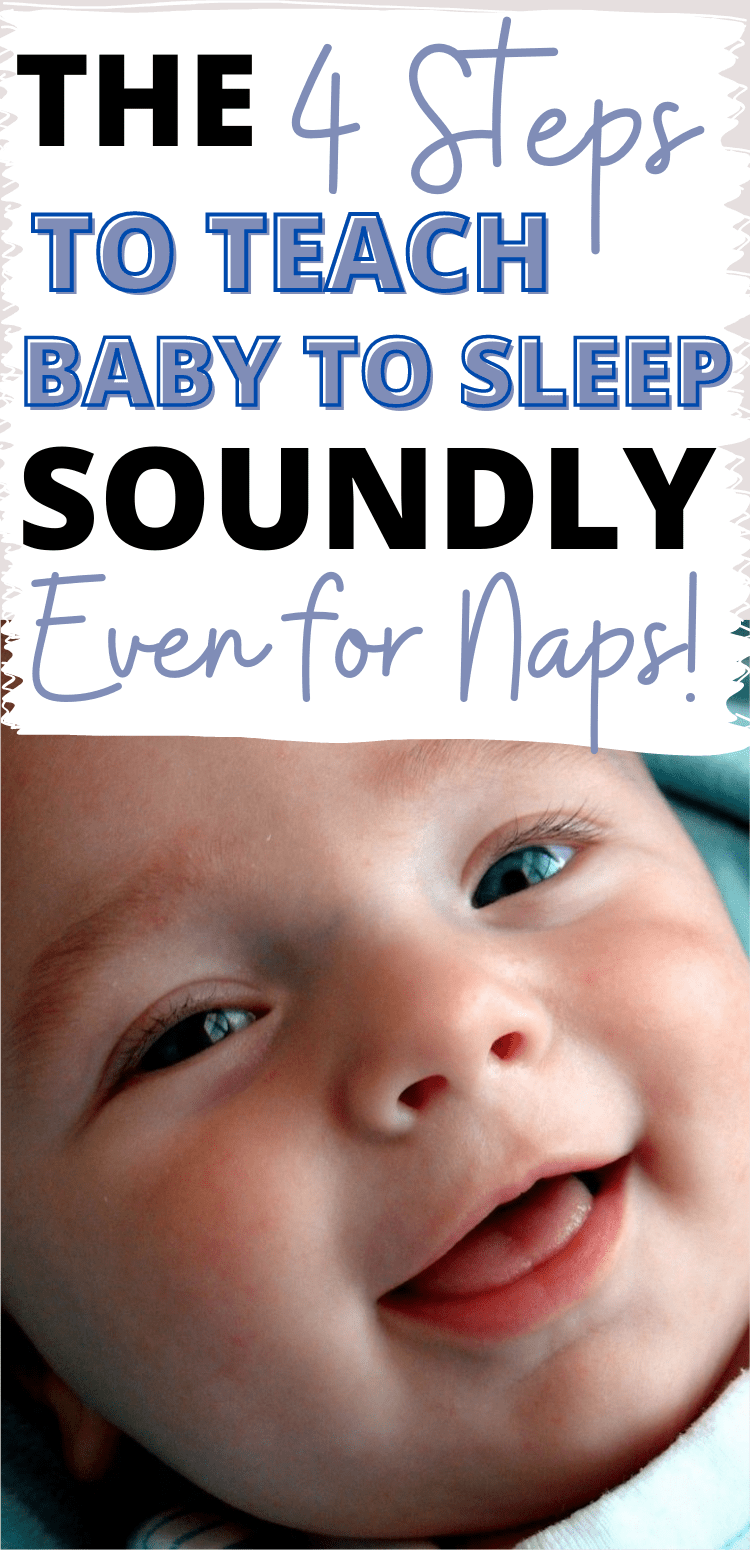
Common Causes for Nap Struggles
Many babies struggle with nap issues. They may have a hard time settling in for sleep or wake up early from sleep or just don’t seem to ever want to nap!
The first thing to consider is common, although often overlooked, sleep issues. And that’s GAS! It may not sound like a big deal but gas pains, especially in the early days, can be causing babies discomfort and damage their ability to learn soothing skills for falling asleep.
—–> Learn More about Relieving Gas for Baby Here!
Babywise discusses something they refer to as “the 45-minute intruder” which is when the baby will sleep awesome the first half of the nap and then wake up 45 minutes into it and have a difficult time going back to sleep.
What’s happening is the baby’s sleep cycle hits a transition phase at about 45 min when they are moving from lighter to a deeper sleep and many babies are very sensitive during that time and can easily waken. I experienced this with all four of my babies.
—–> Read Tips to Help with the 45 minute Intruder!
At around four months of age even babies who have been AWESOME sleepers can go through the dreaded four month sleep regression which can cause many sleep disruptions, as well as a lot of frustrations for Mom and Dad.
–—-> Read Tips for the 4 Month Sleep Regression Here!
As baby goes through developmental leaps they will experience what is referred to as “The Wonder Weeks” where they go through periods of “storm clouds” which will very likely cause sleep disruptions.
–—-> Learn More about Wonder Weeks Here
Another major cause for nap and night issues for baby? TEETHING. While you’re little one may still be sporting a gummy grin, teething symptoms can occur long before that first tooth breaks through the gums.
—–> Read More about Helping Your Teething Baby Here
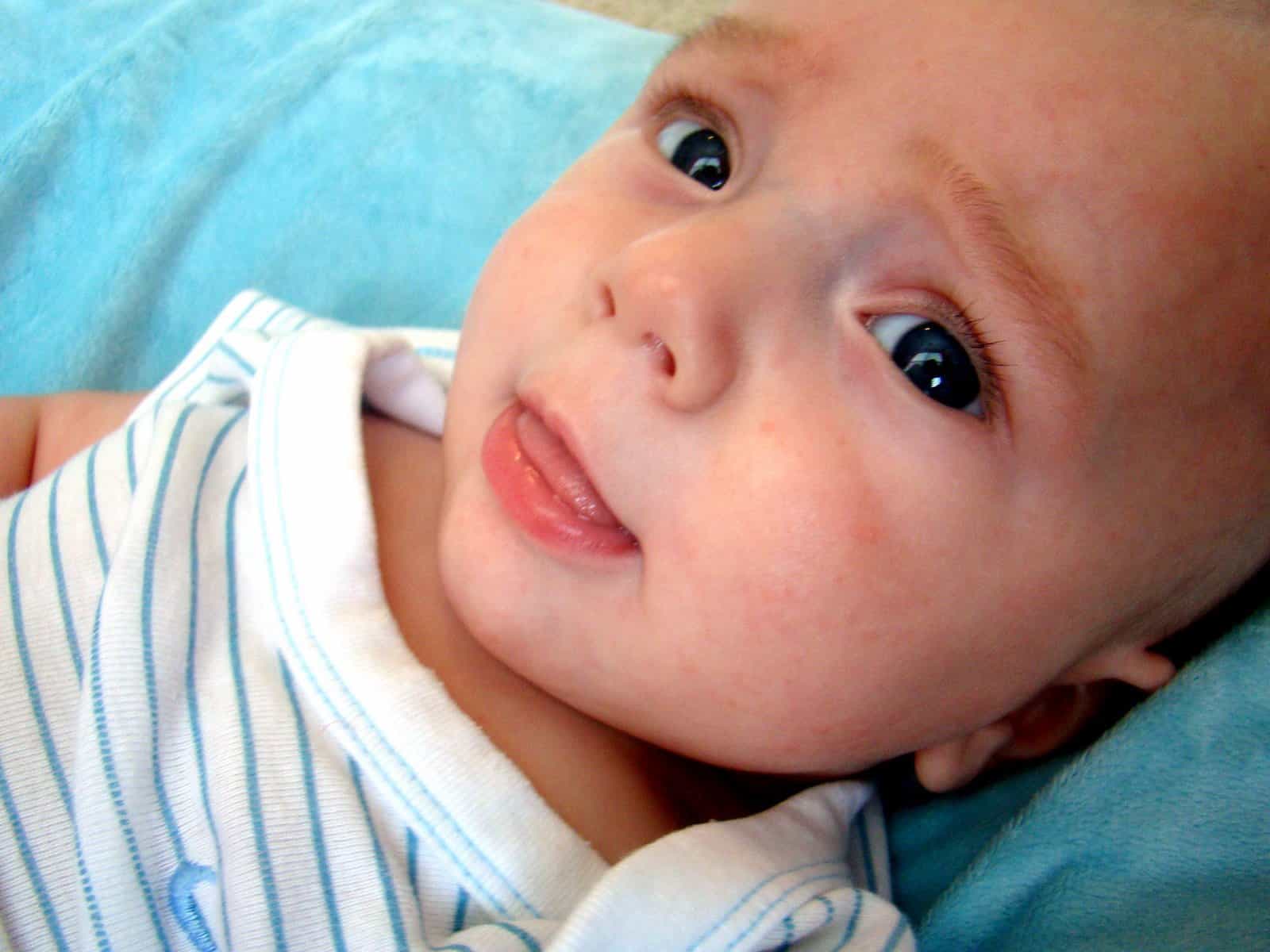
A Word About Cry It Out
When people think of Babywise they often associate it with the well-known CIO (cry it out) method of sleep training and one part of the various techniques used to help a baby’s sleep improve.
It’s recommended to let the baby cry themselves back to sleep as a way to learn self-soothing behaviors as this will teach them not to rely on their parents, a sleep prop, and other sleep associations in order to sleep. People have a lot of strong feelings when they hear the term “cry it out” but you do NOT have to use a cry it out method in order to still be successful with sleep training and in figuring out how to get your baby to self soothe to sleep.
—-> Learn more about CIO and what it is (and Isn’t!) here!
As a new mom with my first, especially in the early months of parenting, I was leery of any sort of crying it out strategy. While I follow EVERY other guideline BW suggests, I did not do cry it out.
I felt like when he had GERD (or did he ever really have it I wonder?) that it was painful for him to cry and I didn’t want to make him go through pain.
Instead, I’d be going in and out of his room every 5 min popping back in the paci.
I felt very discouraged and like I wasn’t a very good BW mom since I continued to go in there to my child and felt like his sleep problems would never improve and that I was causing him to develop bad sleep habits or even suffer from sleep deprivation due to his lack of self-soothing skills.
–—-> Learn more about my battles with the pacifier here!
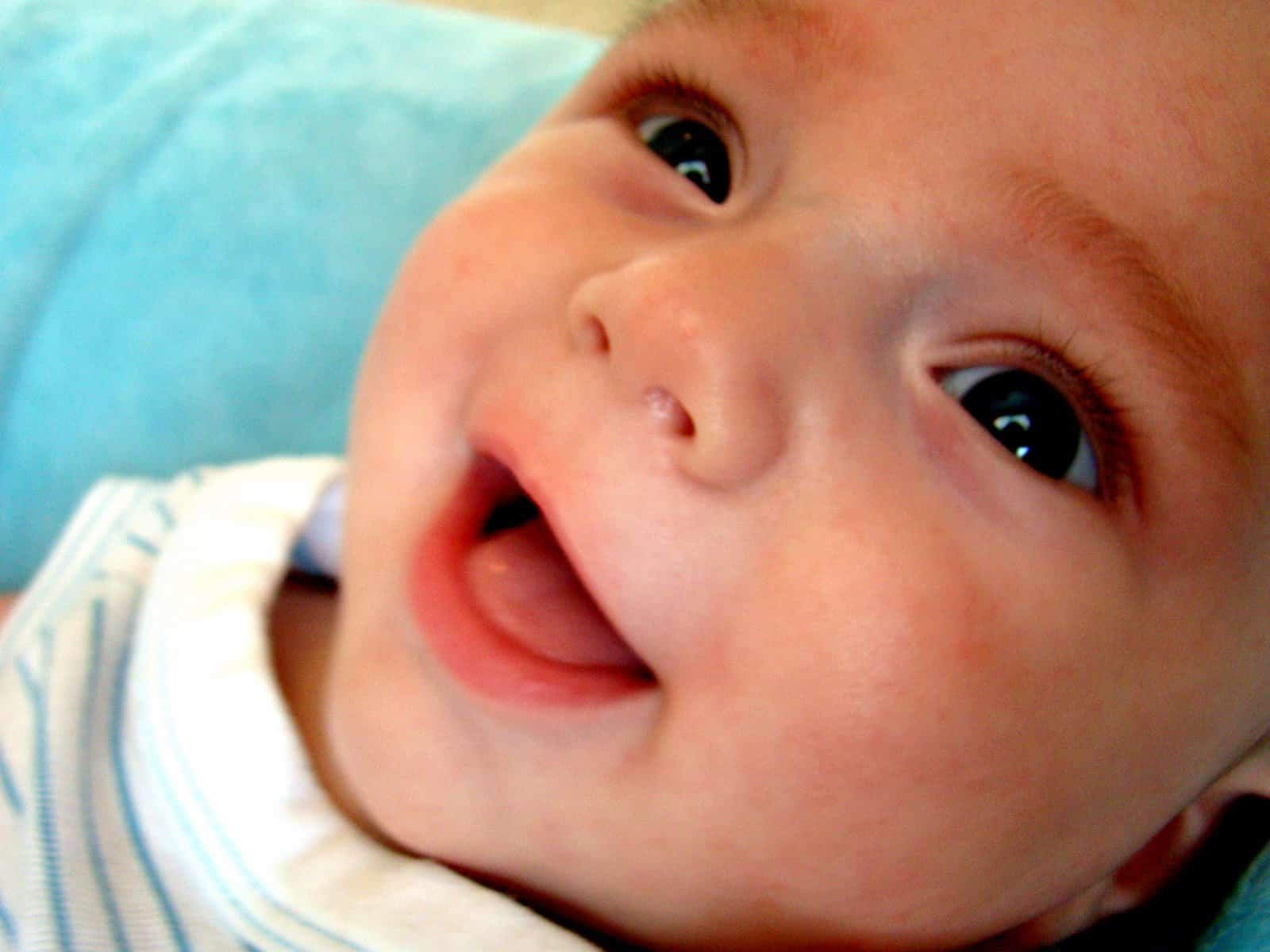
Feeling discouraged and like a “terrible Babywise Mom” I reached out to other moms I looked up to and who did sleep training with their little ones and they recommended that I read The Baby Whisperer Solves All Your Problems as it’s a great book to go along with Babywise and helps with more valuable sleep tips.
—–> It also helps to remember that there is NO “Perfect” babywise baby!
I LOVED the book and read it cover to cover and have a couple of other blog posts regarding some of the information I learned from it including this post on learning and understanding your baby’s temperament and how it matters in parenting decisions. I also referenced the book later on when I began potty training!
Be Sure to Pick Up All These Great Books for Sleep Tips:

How to Get Your Baby to Self Soothe
The REAL game-changer for me from the book though was how to get my baby to self soothe to sleep! Tracy Hogg (the author of the book) suggests a very easy technique for helping baby learn healthy sleep habits and for keeping the baby asleep too.
I enjoy her perspective as the whole book goes nicely along with Babywise. The author does not, however, believe in any sort of cry it out method so if you’re wanting to establish a sleep routine for your baby but don’t want to consider having them cry, it’ll be a great fit for you.
Her suggestion is The Four S ritual for putting your baby to sleep.
While I never had much of a problem getting my first baby to sleep at the beginning of his nap (I’d swaddle him, lay him down and BAM he was out) Hogg suggests that if the baby is waking halfway through the nap they don’t have a proper sleep ritual.
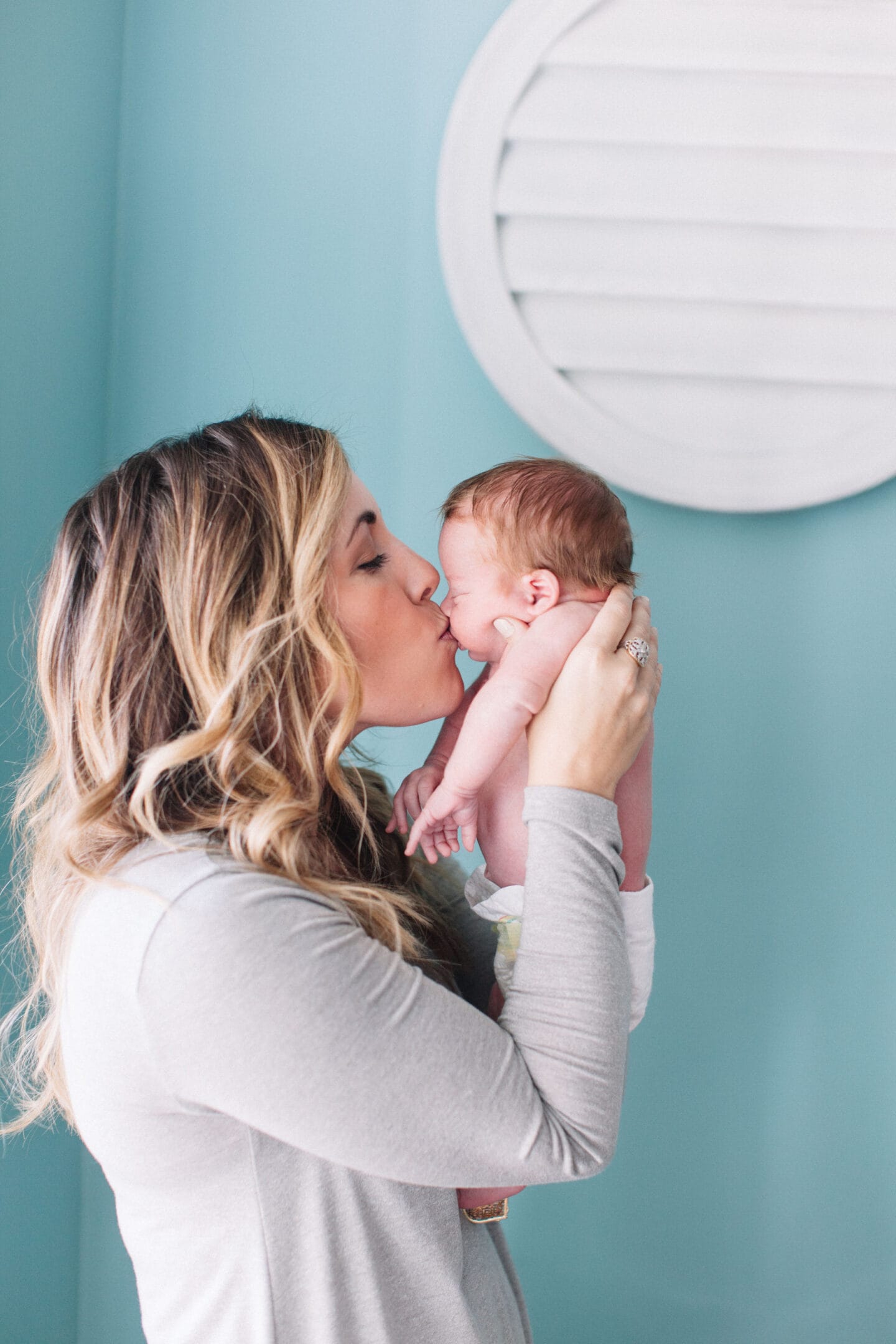
Want More from a Keepin’ It Real Babywise Mama?
She discusses the importance of catching the baby’s sleep cue and acting on it right away!
That’s right – even if your baby is having NO issues with FALLING asleep, there still may need to be some tweaking to their bedtime ritual before they settle into sleep in order to help them sleep through their entire nap.
It takes time to fully learn your baby and their individual sleep cues. Some babies show a lot of obvious signs that they are tired and some NEED more sleep while some seem like they are never sleepy and like they don’t need ANY sleep.
—-> Learn if YOU have a high sleep needs or low sleep needs baby here!
Ideally, you want to learn your baby’s sleep cues and then begin the sleep routine BEFORE they display these cues. The goal is to be laying your baby down for bed drowsy so he or she falls asleep, well, like a baby! At the first yawn start putting the baby down and by the third one have them in their crib!
During baby’s awake time be sure to keep an eye on the clock and when it is getting close to nap time start to keep a constant eye on your baby so you can be sure to catch them at THE first sign of sleepiness!
—–> Here are ideas for what to do with baby during awake time!
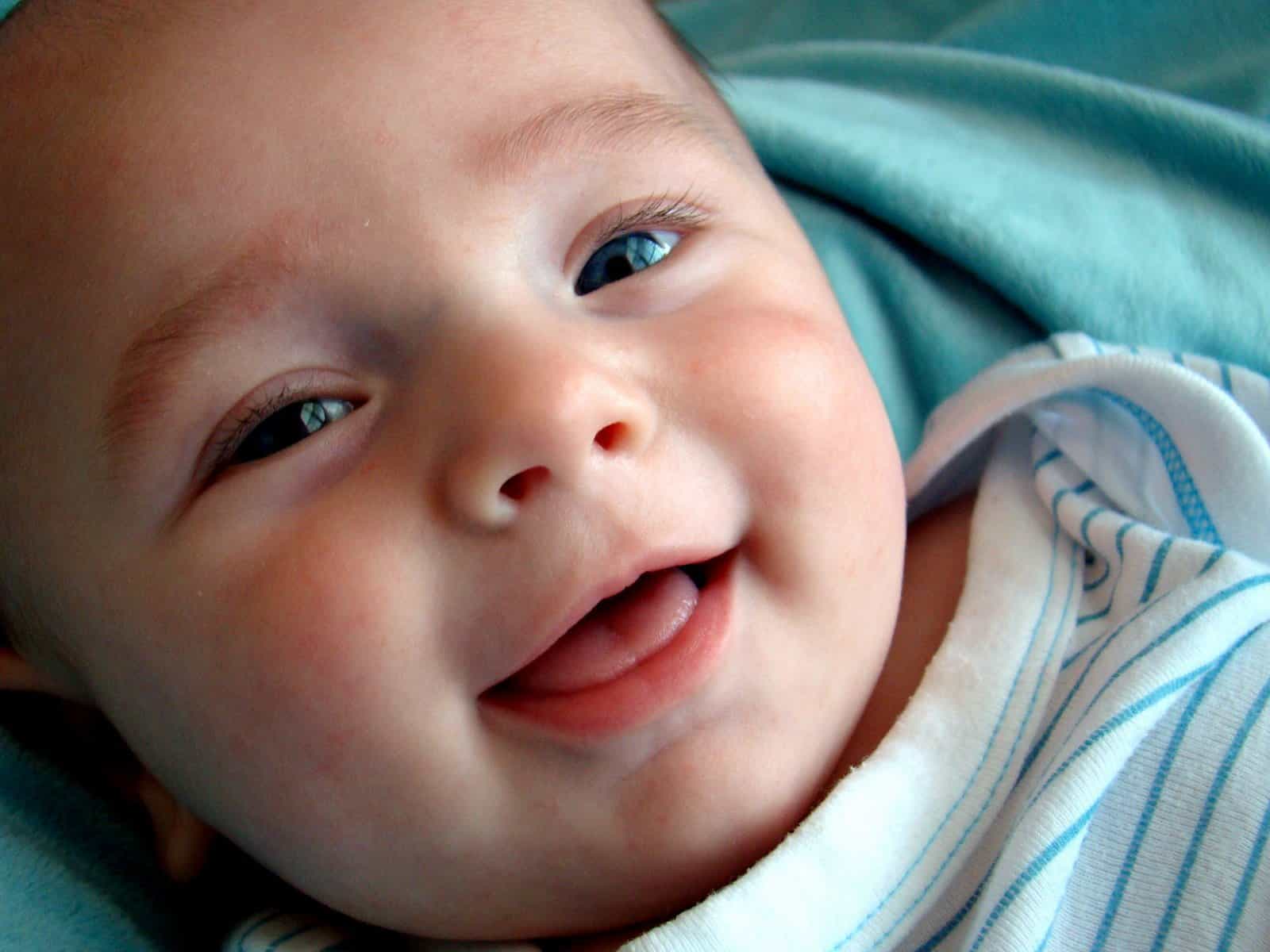
Winding Down Period: The Four S’s
While it’s vital to put the baby to sleep asap once you notice the cue, Hogg discusses the importance of a winding down period. Babies need a winding down period and the older I get the more I’m learning that I need a winding down period before bedtime too. If I’m busy and too engaged my mind can’t stop thinking and I end up tossing and turning and struggling to fall asleep but if I stop any stimulating activity for a little while before my own bedtime I find that I fall to sleep faster and have better overall sleep too!
Having a winding down before bedtime routine is a great thing to start for yourself during pregnancy, to continue when your baby is born and to also implement with older children too.
—–> Here are some ways to use a bedtime routine to connect with your kids in a calm way
A winding down period helps the baby’s ability to transition from activity to sleep time. That goes along with the first of the four s’s as described in the book:
1. Set the Stage:
You want nap time to be similar to the bedtime routine so you do the same thing for both.
You make the room as calm and night-like as possible.
For me, I turn off the light, close the blinds and curtains, and turn on the overhead fan.
This let’s my baby know that yes, it’s time for bed.
It’s also nice because if I need to wake him up I just open the blinds and he is calmly woken up rather than me having to rudely wake a sweet sleeping baby!
—–> Read up on all my favorite items for baby sleep here!
Pick Up All The Must-Have Items for Great Sleep Here:
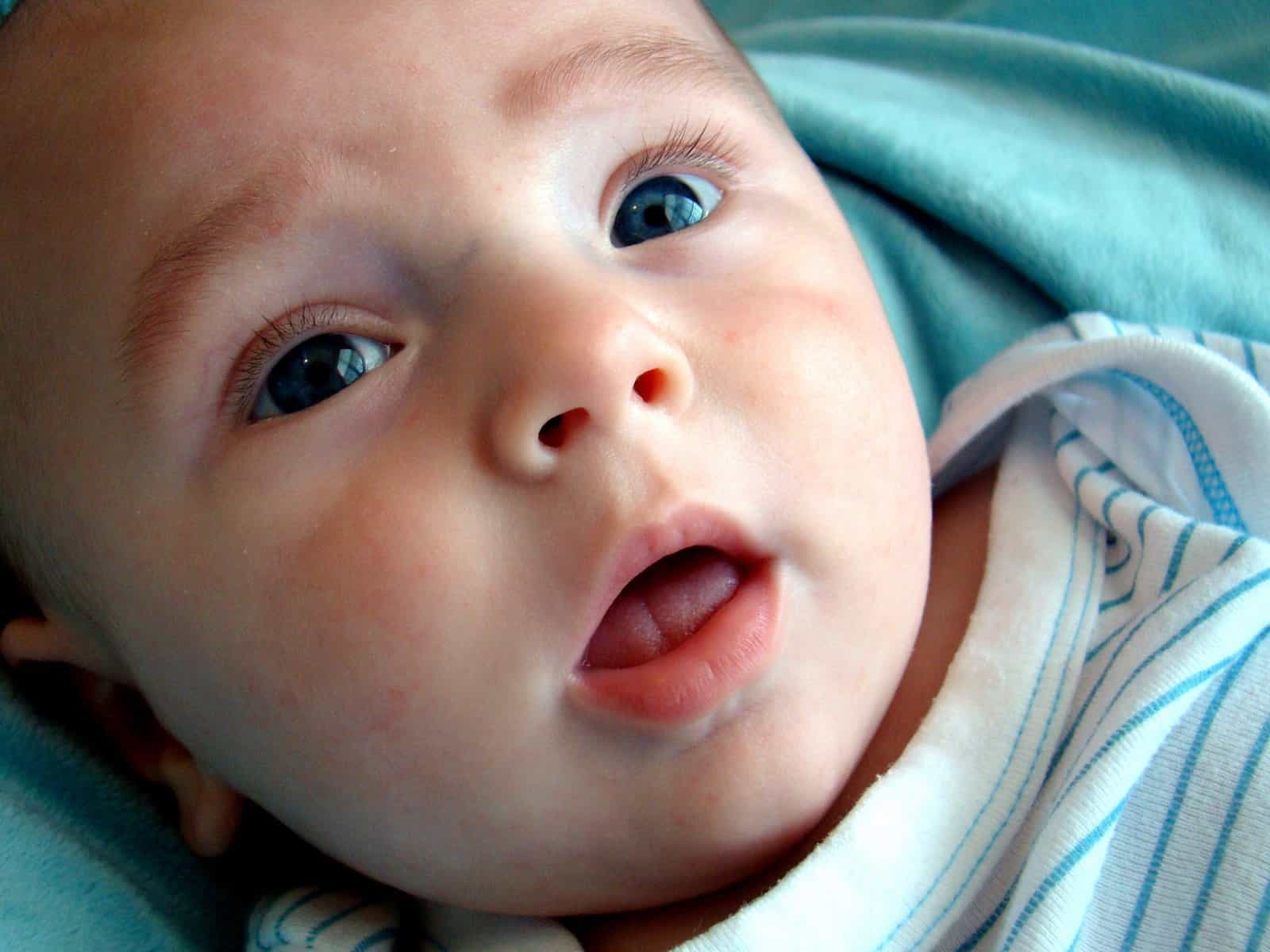
2. Swaddle:
Swaddling is an essential part of establishing quality sleep habits for babies, even from birth.
In this step you want to swaddle the baby before putting him into the crib. Find a routine that makes it easy for you to easily, and snuggly, swaddle your baby. For me, I found it easiest to lay baby on the floor when swaddling.
The reason swaddling is so great is that babies don’t know their limbs are theirs and so when they jerk into sleep, which most do, the “moving objects” distract them from sleeping!
Many people say their baby “hates swaddling” but, as Hogg says, how do you know?
When the baby gets out she simply says to reswaddle (and yes I’ve had naps where I do it many, many times). You can experience with different types of swaddled to see what works best for you.
My personal favorite is this swaddle. Sometimes if baby begins to break out frequently I will also “double swaddle” which is using receiving blankets along with a swaddle for a more snug, harder to break out of, fit.
Eventually around 4 months old you can try leaving one arm out and see how they do. It is also important to begin weaning from the swaddle when baby starts to be able to roll over from back to tummy.
You can tell they are ready to be without the swaddle if they SLEEP when not swaddled. Often a baby may be able to get an arm or leg out of the swaddle but it will cause them to be distracted from sleep and, therefore, it’s best to continue swaddling.
Also some babies prefer one type of fabric over another so if your baby is struggling with sleeping while swaddled you may want to try a different fabric option!
—–> Read About Weaning from the Swaddle Here
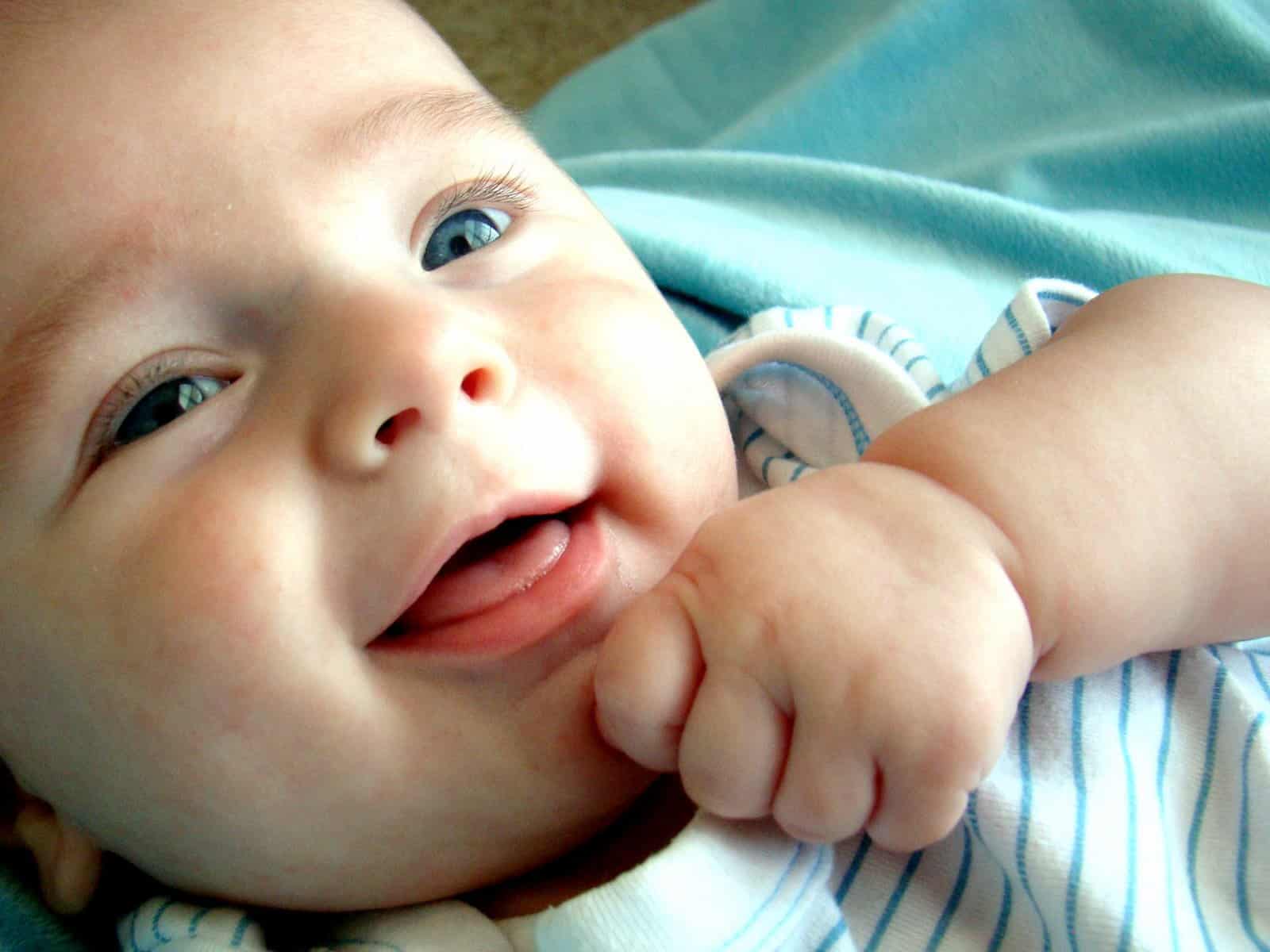
3. Sitting:
This one made ALL the difference for me!!!
It was the little tweak I needed 🙂
Once the baby is swaddled JUST sit and hold them.
She says to do it with them in a vertical position but I prefer to lay him across my arms against my chest.
I just SIT.
I do not make a noise. I do not move. I do not even smile.
The slightest bit of anything will stimulate the baby (I know we all think it calms them but in reality, it doesn’t) and will just make it harder for them to sleep.
After a few minutes, you can feel him jerk around (the body getting ready for sleep, believe it or not) and the eyelids will get heavy.
The key is to lay the baby down BEFORE they fall asleep in your arms! As soon as my baby’s eyes get heavy I stand up and lay him or her down in the crib and then I leave the room.
There have been studies done that have proven that independent sleep (the baby putting themselves to sleep) fosters better sleep and I believe this. When I was struggling with how to get my baby to self soothe to sleep I found that SITTING was the game changer!
It’s tempting to sing or kiss or snuggle but, trust me, JUST SIT.
—–> You can Read my Full Infant Sleep Guide Here!
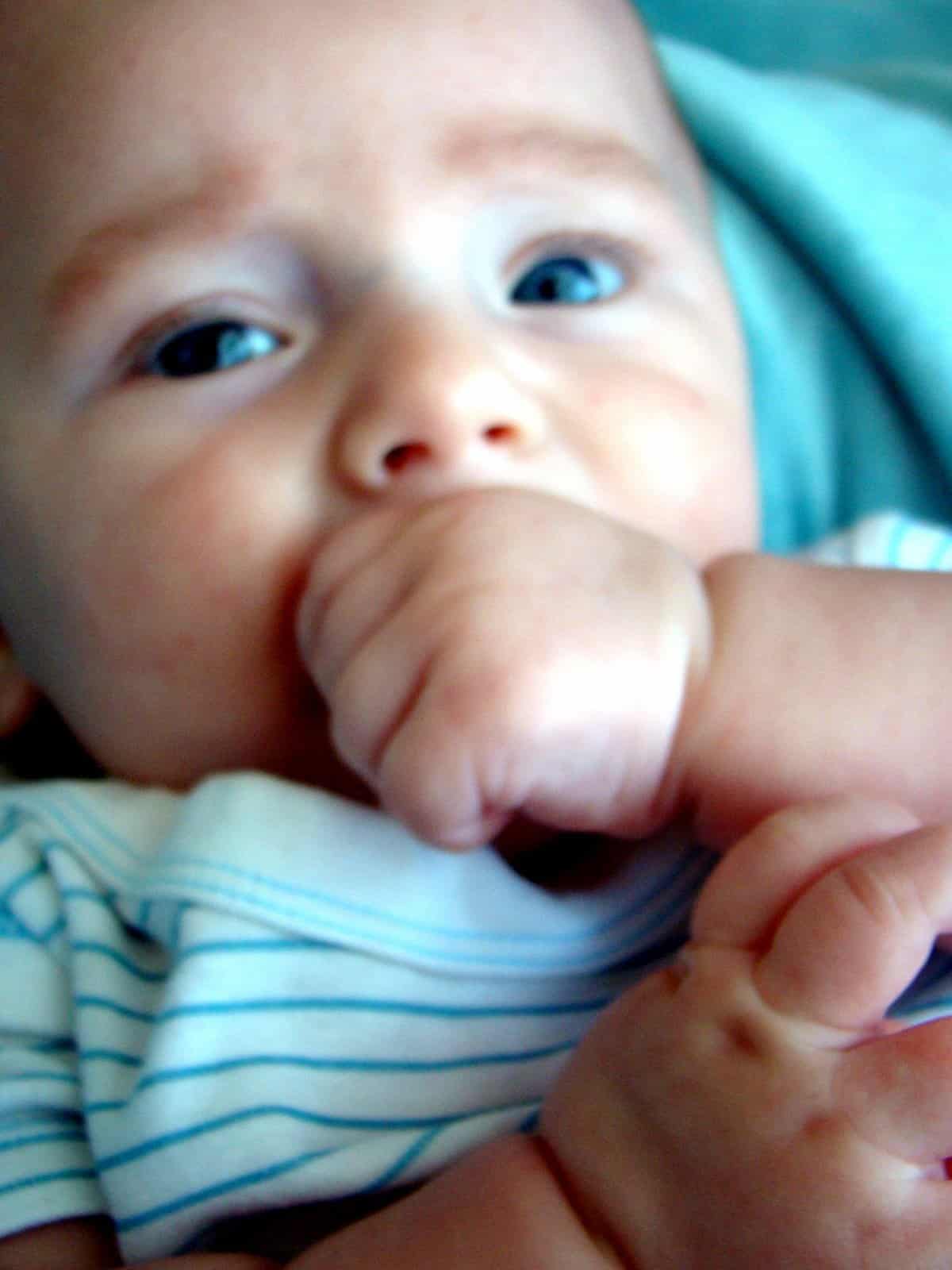
4. Shush-Pat:
This is the other key I was missing when I was struggling getting my first baby to sleep solid at nap time.
My midwife actually told me about this gentle method and then once I read the book I knew how to do it myself! If the baby wakes up crying (like Kye used to do) they may need physical intervention in order to settle.
This, Hogg says, is when most people start “accidental parenting” and rock, jiggle, or give a prop to settle the baby.
Instead, she says you should leave the baby in the crib and turn them on their side and pat their back FIRMLY while at the same time doing a long “shhhhhhh” sound over their ear, like white noise.
Babies under 3 months old cannot have more than two thoughts at a time so they focus on your patting and shhhhhing and stop crying.
Just keep doing it until the baby settles down then slowly stop the patting then the shushing. It works so great!!!!
Sometimes it would take me up to 10 minutes to put him down for the nap and I may sometimes spent as long as 20 minutes in his room doing the shush-pat method at the 45 min marker. It may seem like a long amount of time but it was all WORTH IT!
Like Hogg mentions, if it doesn’t seem to be working you can pick them up and put them over your shoulder burp-style and do it that way as well then lay them back down but I rarely had to do this.
Eventually, your baby won’t even need the shush-pat anymore! After a while of doing shh-pat my oldest started sleeping through his entire nap with only the occasional early wake-up and usually just needed to be swaddled again.
With future babies I tried out the baby shusher and while it does help give a break from making the sounds yourself, I just have always found that hearing a familiar voice making the shhhhh sound seems to work best for my babies.

Other Tips for Getting Baby to Self Soothe to Sleep
My rule with with my babies is to avoid getting them out of the crib if at all possible until the entire nap time is finished and it’s time for baby to eat.
If I have done all of the 4 S’s and my baby is still not sleeping solid from nap or won’t go back to sleep when woken early, I will move to the swing. Placing baby in a swing for the end of nap time can often provide them with that soothing back and forth motion to help them get that little bit of extra sleep that they may not be able to achieve on their own in the crib.
Much like the shh-pat the swing is something that they eventually just stop needing or using but it can be a helpful last resort tool when nothing else seems to be helping!
Sometimes a baby will wake up 15 min early from a nap and it’s obvious he won’t go back to sleep.
That’s fine, but I really try to keep him in his crib if at all possible until nap time officially ends. I’ll even open the blinds for him and let him play by looking at his mobile but I leave him there. You want your baby to enjoy their crib and have a good time by themselves.
If my babies had a very bad nap (which was SUPER rare) and just NOTHING seemed to work I’d simply “start the nap over.”
I feel like a lot of the time with the 45 min intruder that first half of nap gives him enough energy to be WIDE awake again and starting the nap fresh helps him go back to sleep.
I’ll go back through each of the steps, utilizing all 4 S’s, I take when I initially put him down for a nap and it ALWAYS works! Sometimes we all just need a good reset, right? 😉
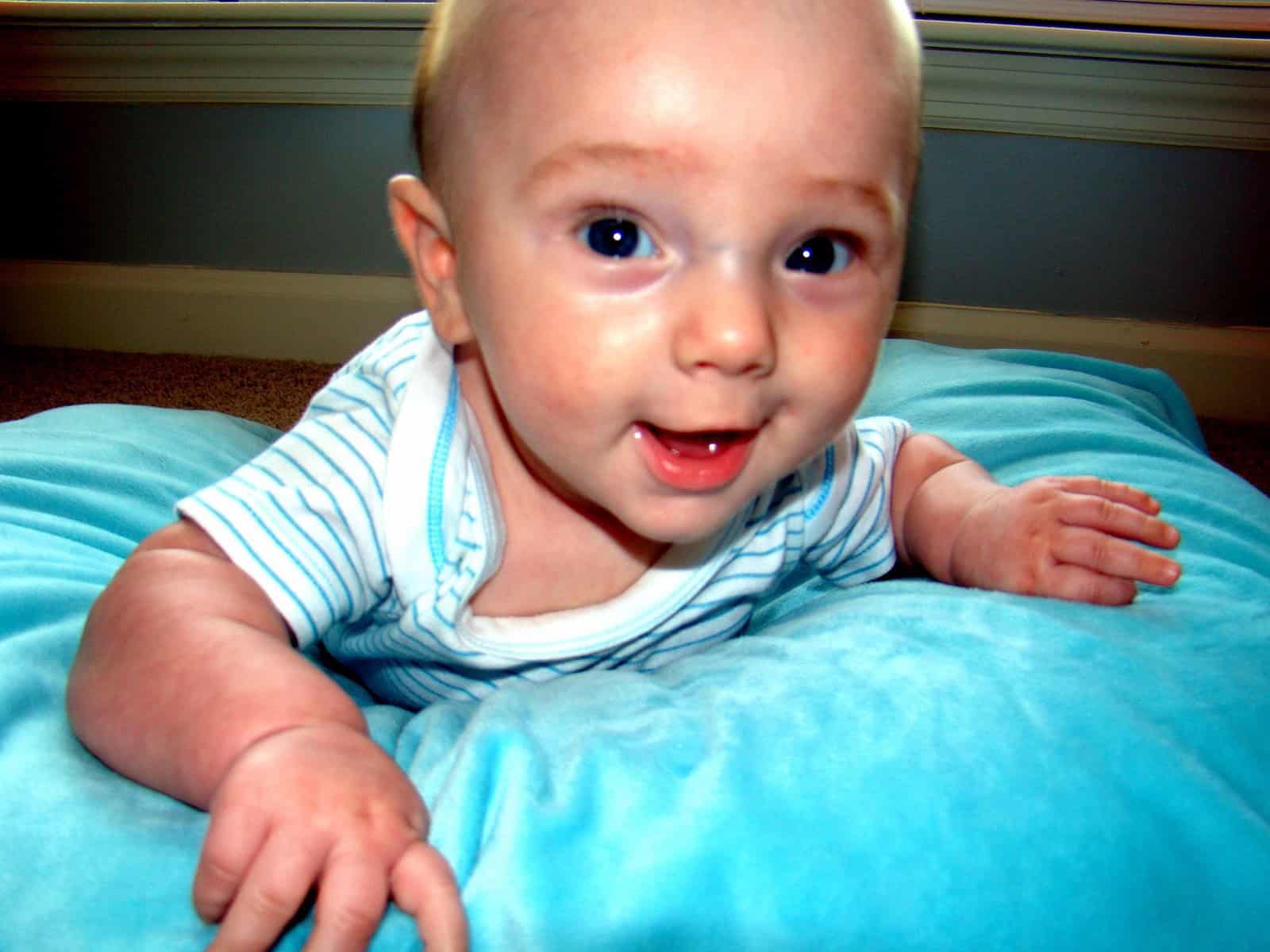
Additional Notes for Older Babies With Sleep Struggles
While my babies all mastered self-soothing pretty early on, Hogg also suggests a bonus method she refers to as P.U./P.D> (“pick up put down).
This method is ideal for babies who struggle with naptime or bedtime sleep and tend to wake early but are over the ages of 3-6 months old. Up until six months old the shush-pat method should help but at a certain point it will actually begin disrupting their sleep further rather than helping them go back to sleep! Isn’t it funny how something that works can turn into something that doesn’t the older babies get?
She has an entire chapter devoted to the pick up, put down method but basically, it’s if the baby cries you go into the room and first try to comfort him or her with words or patting on the back.
If the baby doesn’t stop crying then you pick them up and put him back down the second he stops. You just offer some comfort, then they put themselves to sleep.
She says it takes around 20 min but can take up to an hour!!! Thankfully none of my babies had sleep issues where I needed to try this method, but it’s good to be aware of when you are in the gathering information stage of learning how to get your baby to self soothe to sleep.
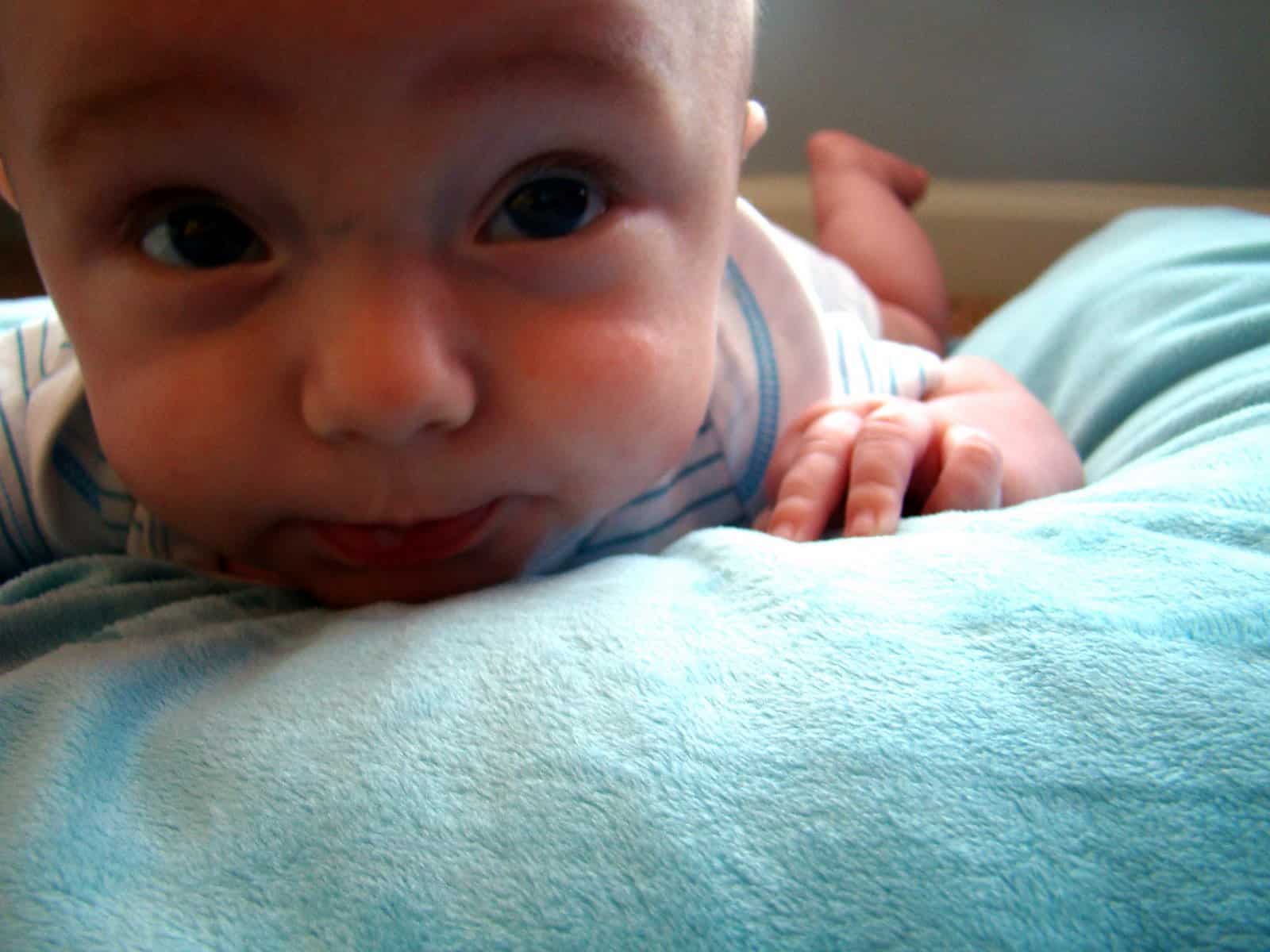
How to Get Your Baby to Self Soothe to Sleep: Final Thoughts
After implementing these techinques with my own children I can truly say I highly recommend purchasing The Baby Whisperer Solves All Your Problems. I love to give it as a baby shower gift along with Babywise as they are my two favorite books on helping baby sleep and all things parenting.
I highly recommend not just getting Babywise! Babywise is super great but the book itself is lacking in SO many areas when it comes to each baby’s needs.
The combination of the two books together allowed me to learn so much and to tweak little things that have made a HUGE difference for my babies and general Mom Life survial! It’s always a good idea to keep your mind open if something isn’t working for you and your baby and being willing to try different things and have different tools in your parenting toolbox.
—–> Wanting to start Babywise? Here’s my Simple How-To Guide!
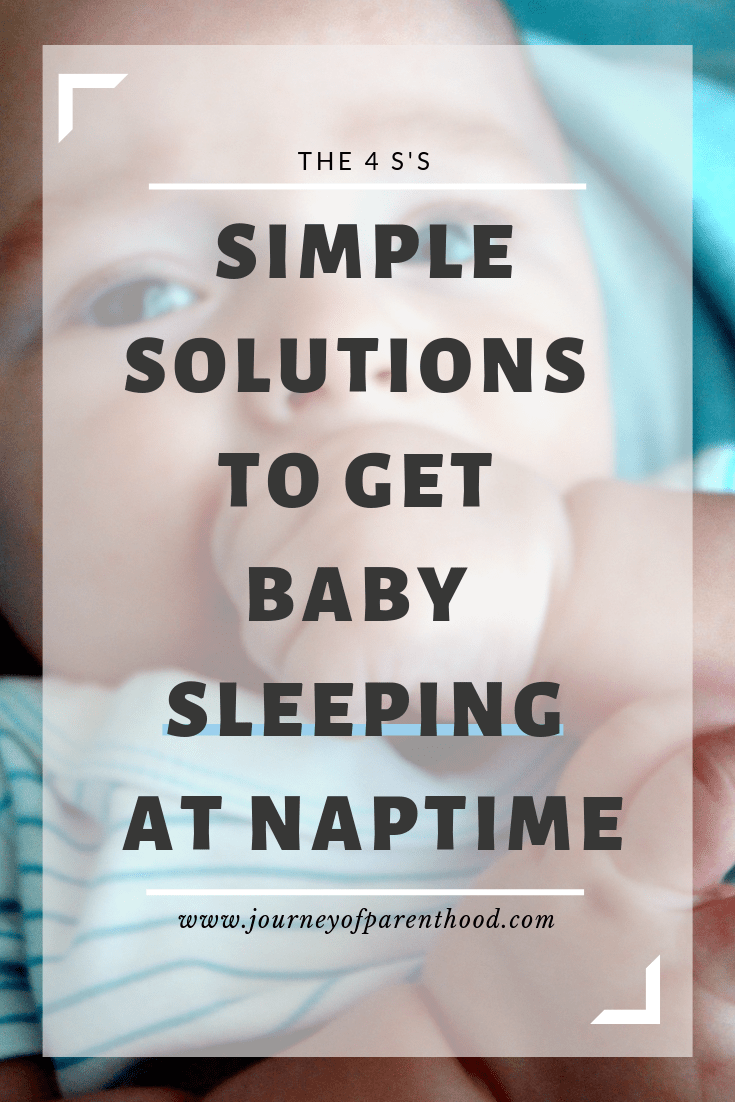
- A Letter to my Son on His 16th Birthday From Mom (Kye’s Bday Letter) - March 20, 2025
- Open Letter to my Daughter on her 12th Birthday – Love, Mom {Britt’s 12th Bday Letter} - January 16, 2025
- Letter to My Son on his 6th Birthday – Love Mom - January 8, 2025


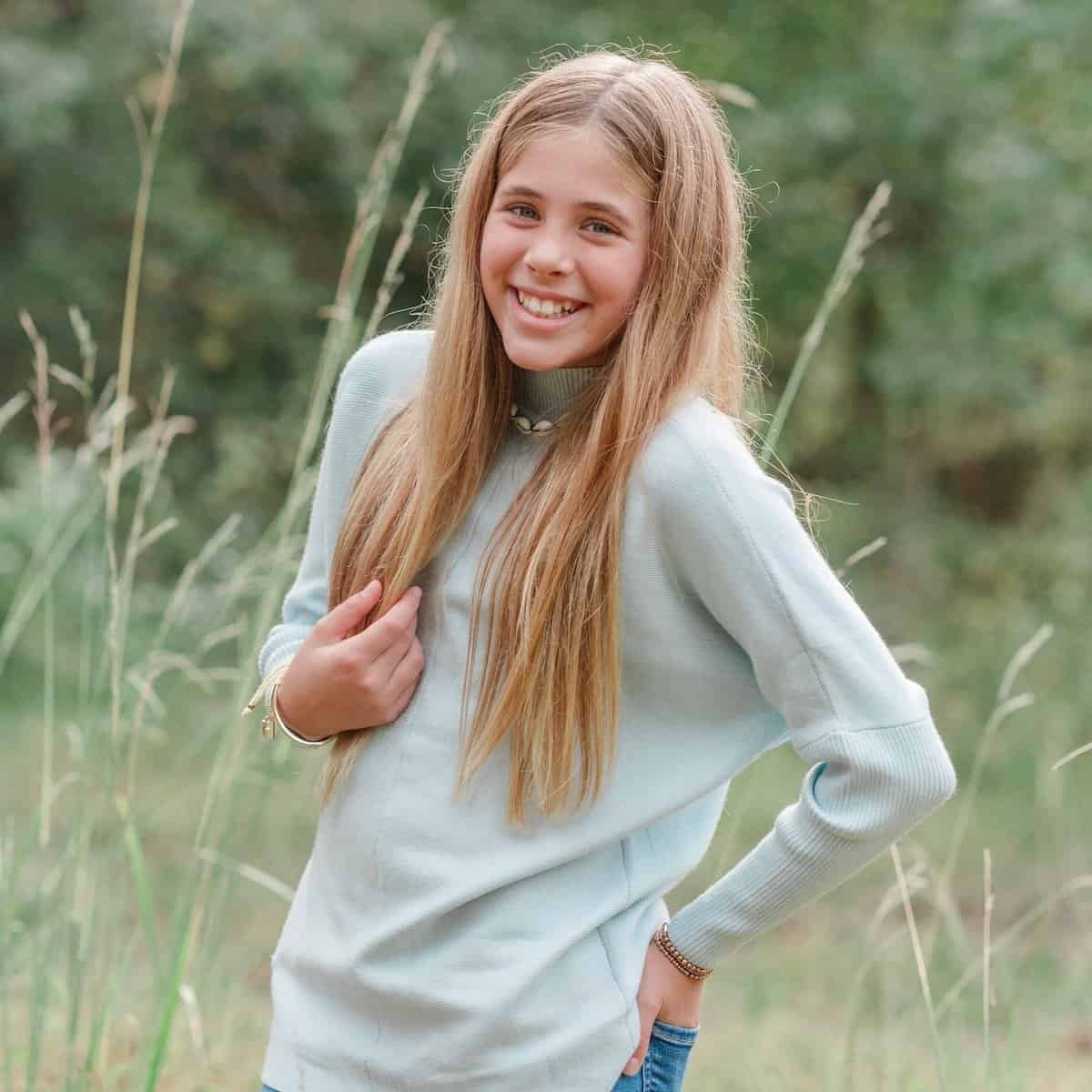





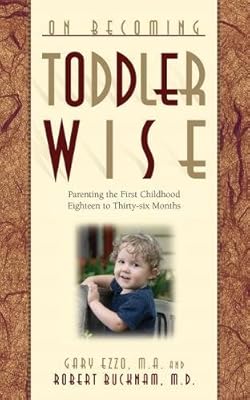
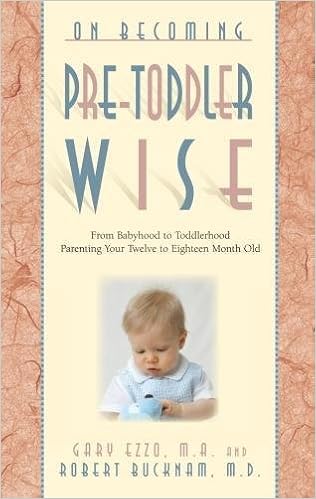






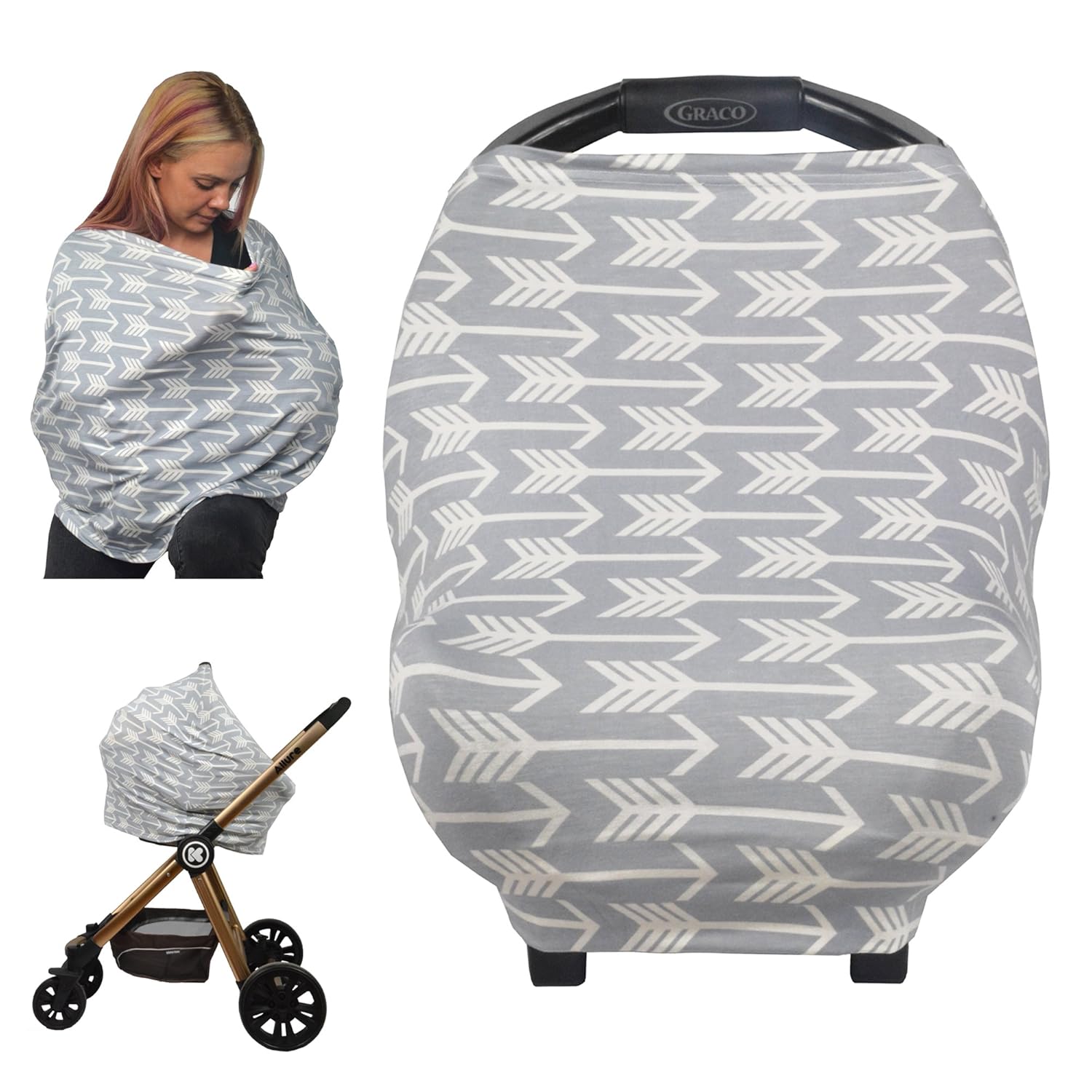
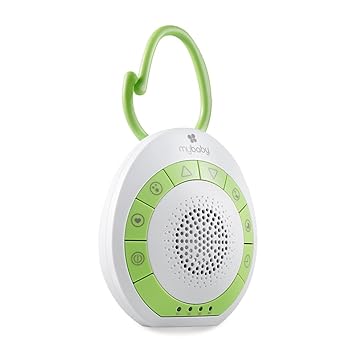

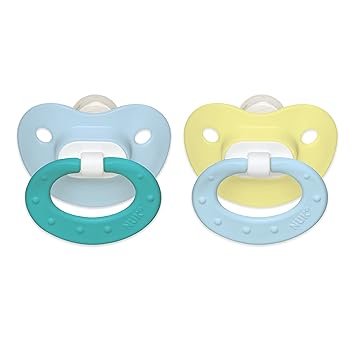


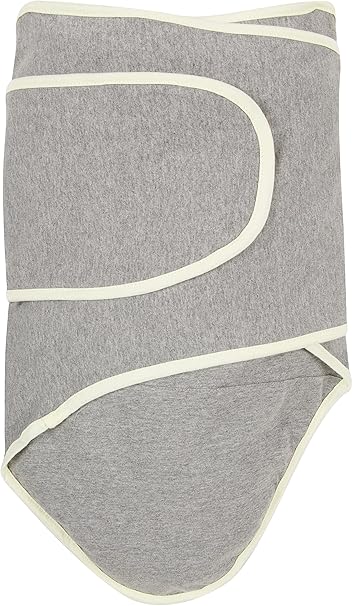
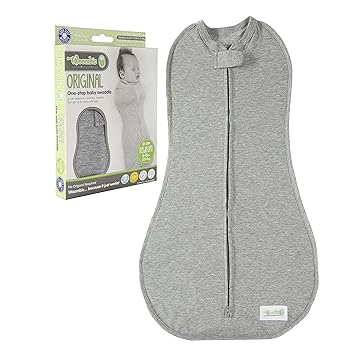
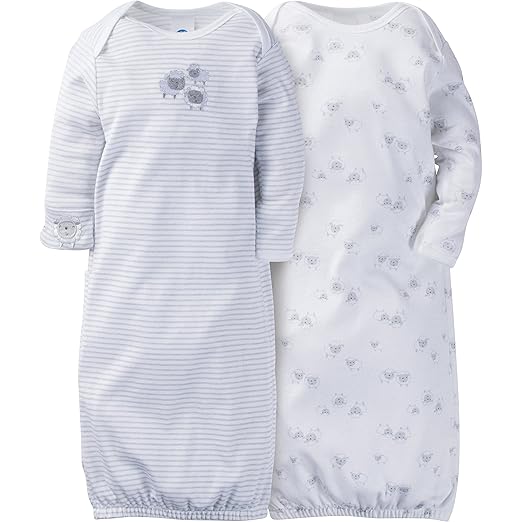
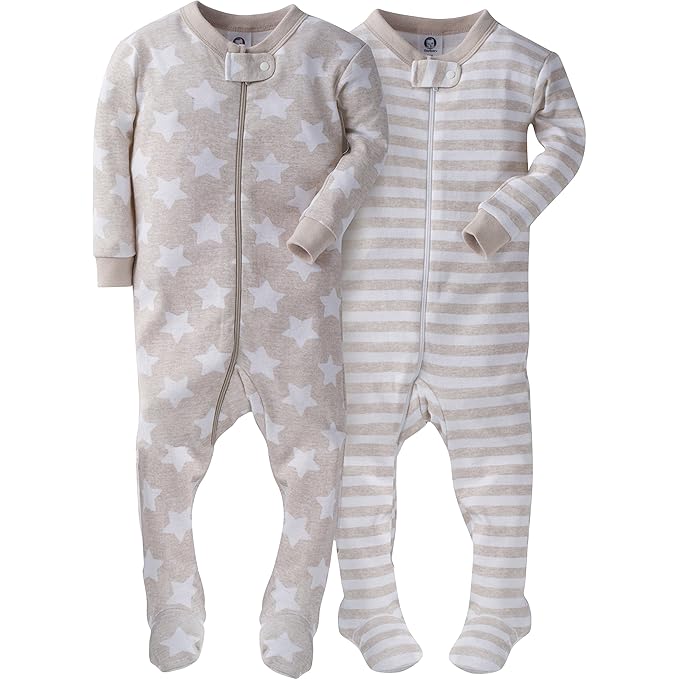



the 45 minute intruder use to get Stevie Joy too, she was always a perfect night time sleeper, but naps were always a problem for her. Hopefully Neela will do a little better, I may invest in this Baby Whisperer book though, bc I hate cry it out as well. Every baby is so different, my two pregnancies have been complete opposites, so my two girls will probably be totally opposite, just when I thought I had it all figured out….=)